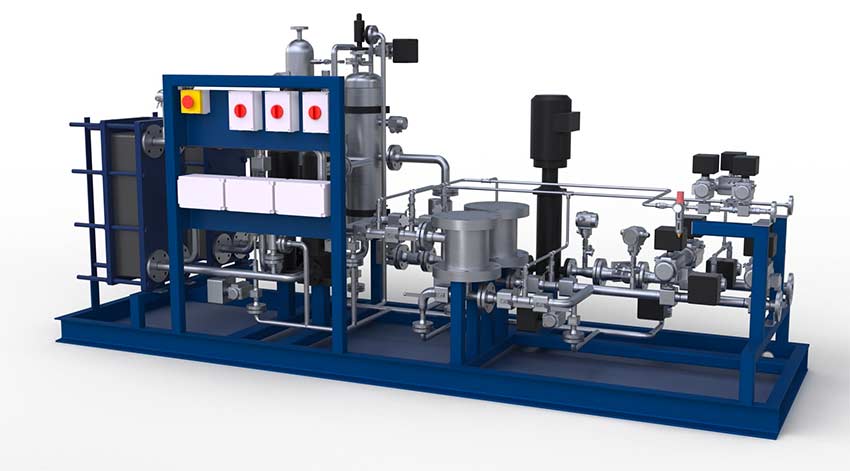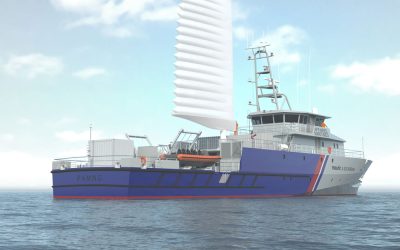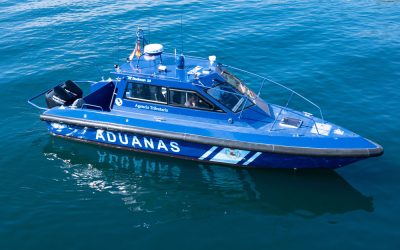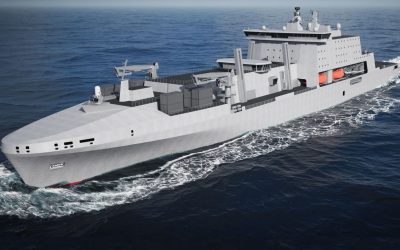As the maritime industry pivots towards greener operations, switching to alternative fuels will be crucial to decarbonising the sector. Although it is not clear which fuels will prevail, methanol is fast emerging as an attractive option for shipowners and operators looking to reduce their carbon footprint – container shipping giants Maersk Line and CMA CGM have both embraced it as future fuel.
Methanol is among the most accessible clean fuel alternative, with more than 100 ports worldwide already supplying the fuel. It reduces greenhouse gas (GHG) emissions, and full carbon neutrality can be achieved using “green methanol”. Methanol also reduces other emissions, such as SOx, NOx, and particulates compared to diesel oil.
Another advantage is that existing fuel oil tanks can be used for storage with little modification as methanol can be stored at ambient pressure and temperature. Although methanol has lower volumetric energy density than LNG, the tank arrangements for methanol can still fit in a smaller space as no cryogenic or high-pressure infrastructure is required.
“I think, in the long term, we will see a mix of fuel options, but if you look at all the different alternatives and at what stage shipowners and OEMs are at with their R&D and development projects, methanol is clearly one of the most viable solutions at the moment – there is a lot of interest there,” John Bergman, CEO at fuel supply system specialist Auramarine, tells The Naval Architect.
Auramarine’s history is deeply rooted in the Finnish maritime industry. Since its foundation in 1974, the company has delivered more than 15,000 fuel supply and auxiliary systems to customers worldwide. Today, the company is harnessing its long-standing knowledge of marine fuels to support shipping’s green transition, and has developed one of the industry’s first methanol fuel supply units for marine engines.
The modular system is suitable for both two-stroke and four-stroke engines, and can be adapted to suit the conversion of existing engines to dual-fuel methanol operation.
Bergman says Auramarine has already received significant interest in the unit and is in advanced conversations with shipowners, operators, OEMs, and shipyards on supply and installation. The company expects to deliver the first system in 2023.
The new unit supplies methanol from the service tank to the master fuel valve, while at same time regulates the flow, pressure and temperature of the methanol. All this, combined with filtration, ensures it is suitable for engines and other methanol consumers. The system actively maintains the supply pressure within the specified tolerances during load changes.
All fuel supply system materials and manufacturing procedures need to be suitable for methanol service and for the specifications of a particular application. The unit is designed to fit on closed and Ex rated hazardous areas. All IECEx and Health and Safety Guidelines (HSE) have been taken into account.
This level of safety is achieved by using self-draining mechanical design in conjunction with the nitrogen inerting process and double block and bleed configurations to any serviceable methanol line segments. Also, all components and electric equipment will be specially selected for use in a hazardous area.
In order to minimise the electrical equipment in a hazardous area, the electrical cabinets, control panels and variable frequency drives are designed to be fitted separately to a safe area.
A pilot fuel system is required for methanol operations in dual-fuel engines, and Auramarine has extended its experience of pilot fuel systems for LNG to methanol supply to provide shipowners with single-supplier synergies. The methanol unit can be applied as both a retrofit and for newbuildings.
Although Auramarine has prioritised methanol supply systems, the company is also looking at equipment for biofuels and ammonia as a marine fuel, Berman says.
To support the uptake of biofuel, the company is working with Wärtsilä, Fortum, Neste, FG-Shipping and others on the BioFlex project to determine the most ecologically and economically sustainable way to progress the use of biofuels. Within the project, Auramarine has supplied a feeder booster unit for biofuels testing.
The company also intends to expand its product offering with the introduction of an ammonia fuel supply system. “If you look at ammonia, developments on the engine side are roughly one year behind methanol so we expect to bring an ammonia unit to market within that time frame,” concludes Bergman.




